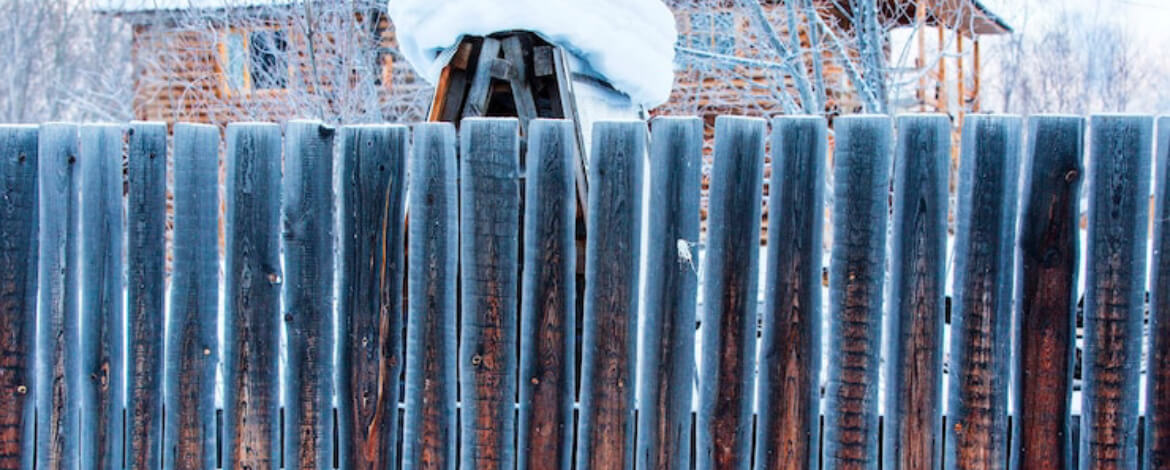Welcome To UPICKET FENCING
How to Maintain Your Fence During Harsh Weather Conditions - Upicket Fencing
- Home
- How to Maintain Your Fence During Harsh Weather Conditions

14 Oct
Harsh weather conditions, like heavy rain, snow, strong winds, and extreme heat, 壯陽藥
can take a toll on your fence, no matter the material. Regular maintenance is key to ensuring your fence stays in great shape and withstands the elements. Whether you have a wooden, vinyl, or metal fence, taking proactive steps before and after storms can help extend its lifespan and save you from costly repairs. Here’s how to keep your fence in top condition through all types of weather.
1. Inspect and Repair Regularly
Routine inspections are essential, especially before the onset of harsh weather. Check your fence for any signs of damage, such as loose nails, cracked boards, rust on metal components, or leaning posts. Fix any minor issues immediately, as they can worsen during extreme weather.- Wood Fences: Look for signs of rot, cracks, or warping. Replace damaged boards and ensure all nails or screws are tightly secured.
- Metal Fences: Check for rust, which can weaken the structure. Sand down rust spots and apply a rust-resistant primer and paint.
- Vinyl Fences: Look for cracks or warping. Repair or replace broken panels promptly, as these can become worse during storms.
2. Reinforce Fence Posts
Fence posts provide the foundation for your fence’s stability, so it’s crucial they remain secure during bad weather. Ensure all posts are firmly planted in the ground and check for any signs of loosening.- Wooden Posts: Over time, wooden posts can rot, especially at the base where they come in contact with soil. If the base of the post is rotting, replace it with a pressure-treated or concrete post.
- Metal or Vinyl Posts: Make sure these are properly anchored. If they are leaning or loose, reinforce them with concrete to provide added stability.
3. Waterproof Your Wooden Fence
Wooden fences are particularly vulnerable to moisture, which can lead to warping, rotting, and mold growth. Applying a waterproof sealant or stain to your wood fence will protect it from rain and snow, keeping the wood strong and durable.- Seal or Stain Regularly: Reapply sealant or stain every 2-3 years, or as needed, to maintain a protective barrier. Be sure to apply it on dry days and follow manufacturer instructions.
- Clean Mold or Mildew: After periods of heavy rain, check for mold or mildew growth. Clean the fence with a mixture of water and bleach to prevent it from spreading.
4. Trim Nearby Vegetation
Trees and bushes growing near your fence can cause damage during storms. Strong winds can knock down tree branches, while vines can add weight and moisture to the structure, causing warping or rusting.- Trim Back Overhanging Branches: Prune any branches that hang over the fence to prevent them from breaking and causing damage in high winds.
- Remove Climbing Plants: While vines may look beautiful on a wooden fence, they trap moisture and can lead to wood rot or rust on metal fences. Keep the plants trimmed and off the fence structure.
5. Protect Against Wind Damage
Strong winds can cause fences to wobble, lean, or even collapse if they’re not properly secured. To prepare your fence for windy conditions, take the following precautions:- Install Wind-Proof Fencing: If you live in a particularly windy area, consider installing fences designed to withstand high winds, such as ones with spaced-out slats that allow airflow.
- Add Supports: For existing fences, adding extra support or braces to vulnerable areas can help increase wind resistance.
6. Prepare for Winter Weather
Snow, ice, and freezing temperatures can be brutal on fences, especially wooden ones. The freeze-thaw cycle can cause wood to expand and contract, leading to cracks and splits.- Shovel Snow Away: After heavy snowfall, shovel snow away from the base of your fence to prevent moisture build-up and potential damage.
- Inspect for Ice Damage: Ice buildup can add unnecessary weight to your fence and cause sagging. Remove ice carefully to avoid breaking boards or bending metal sections.
7. Protect Against Extreme Heat and UV Damage
Prolonged exposure to the sun can fade, warp, or crack fence materials over time. UV rays can weaken wood, and vinyl fences can become brittle in extreme heat.- Apply UV Protection: For wood fences, apply a UV-resistant sealant or paint to protect against sun damage. Vinyl fences can benefit from UV-resistant coatings as well.
- Keep the Fence Clean: Dirt and grime buildup can trap heat, causing additional wear. Regularly clean your fence with a mild detergent to keep it looking fresh and strong.

Leave Your Comment